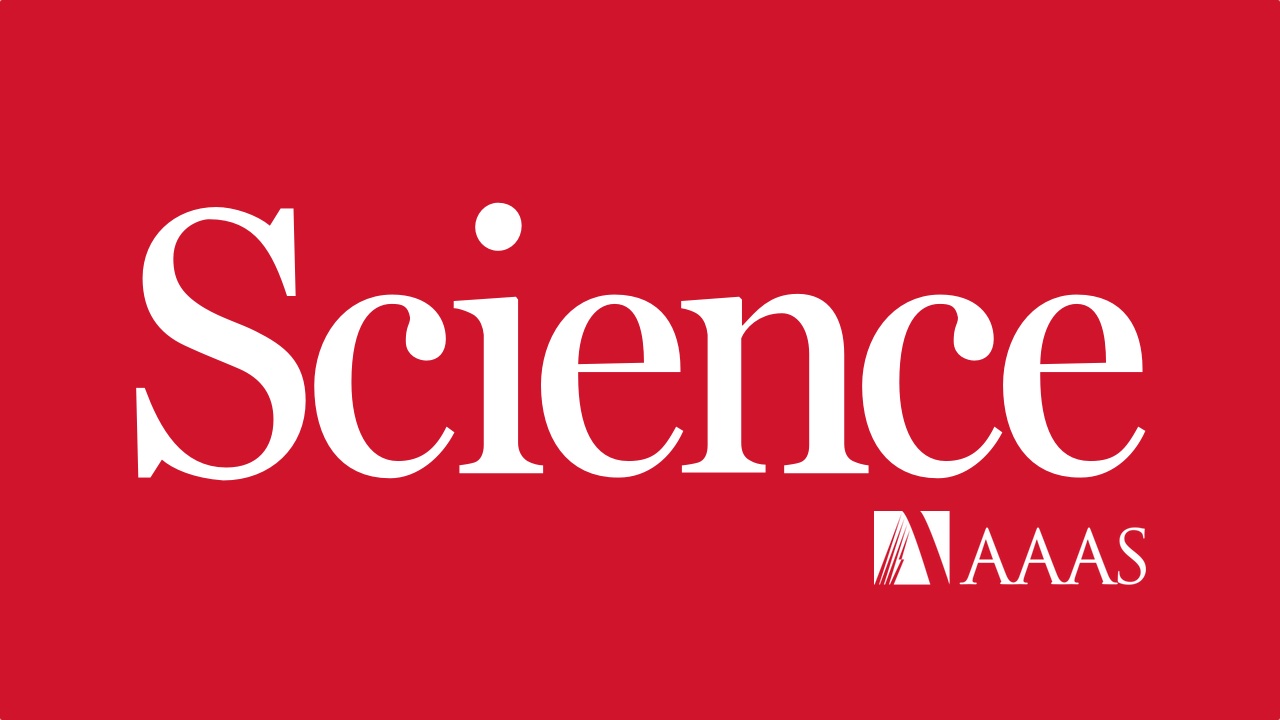Does Facebook enable ideological segregation in political news consumption? This group of researchers analyzed exposure to news during the US 2020 election using aggregated data for 208 million US Facebook users. They compared the inventory of all political news that users could have seen in their feeds with the information that they saw (after algorithmic curation) and the information with which they engaged. They show that (i) ideological segregation is high and increases as we shift from potential exposure to actual exposure to engagement; (ii) there is an asymmetry between conservative and liberal audiences, with a substantial corner of the news ecosystem consumed exclusively by conservatives; and (iii) most misinformation, as identified by Meta’s Third-Party Fact-Checking Program, exists within this homogeneously conservative corner, which has no equivalent on the liberal side. Sources favored by conservative audiences were more prevalent on Facebook’s news ecosystem than those favored by liberals.
Social media platforms have a large and growing role in shaping access to information, including information about politics. However, few studies systematically map this part of the information ecosystem, with minimal examination of within-platform attention and information consumption. There is virtually no research comparing what people could potentially see within platforms and what they actually see [with the exception of]. In this work, the researchers address these questions with data on users’ access and engagement to political news on Facebook during the US 2020 election.
Read the research article in Science.


